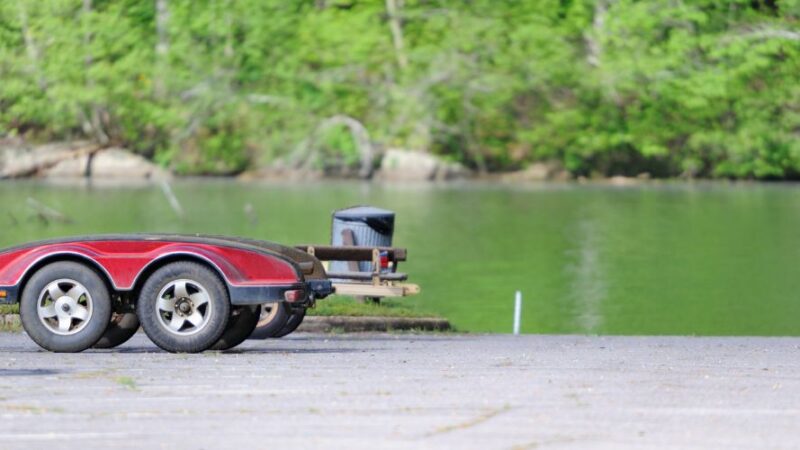Exploring the Possibilities of Salvage Cars: An Extensive Guide

Salvage cars, often misunderstood and overlooked, hold a wealth of potential for savvy buyers and enthusiasts alike. While they may have a tumultuous past, salvage cars present unique opportunities for individuals willing to invest time and effort into their restoration. In this comprehensive guide, we’ll delve into the world of salvage cars, exploring what they are, how to buy them, and the potential they hold for automotive enthusiasts.
Understanding Salvage Cars: What Are They?
Salvage cars, also known as salvage title vehicles, are vehicles that have been damaged to the extent that repairing them is deemed uneconomical by insurance companies. This damage could result from accidents, natural disasters, theft recoveries, or other incidents. When an insurance company declares a vehicle a total loss, it is assigned a salvage title, indicating that it has significant damage or has been written off.
Types of Salvage Cars
Salvage cars can be classified into various categories based on the extent and nature of their damage. Common salvage car categories include:
- Collision Damage: Vehicles that have been damaged in accidents, resulting in structural or cosmetic damage.
- Flood Damage: Cars that have been submerged in water due to flooding, leading to electrical and mechanical issues.
- Fire Damage: Vehicles that have been damaged by fire, resulting in scorched interiors, melted components, and structural damage.
- Theft Recovery: Cars that have been stolen and subsequently recovered by authorities, often with damage to the interior or exterior.
- Vandalism: Vehicles that have been intentionally damaged by vandals, such as broken windows, slashed tires, or graffiti.
Benefits of Buying Salvage Cars
Despite their damaged status, salvage cars offer several benefits for buyers willing to take on the challenge of restoration:
- Cost Savings: Salvage cars are typically sold at significantly lower prices than their undamaged counterparts, offering buyers the opportunity to acquire vehicles at a fraction of their market value.
- Customization Potential: Restoring a salvage car allows buyers to customize and personalize the vehicle according to their preferences, from mechanical upgrades to cosmetic enhancements.
- Learning Experience: Working on a salvage car provides a hands-on learning experience for automotive enthusiasts, allowing them to develop valuable skills in car repair, restoration, and maintenance.
- Rare Finds: Salvage cars sometimes include rare or unique models that may be difficult to find in the traditional used car market, offering collectors the chance to acquire rare gems.
- Environmental Benefits: Restoring salvage cars helps reduce waste by giving damaged vehicles a second chance at life, contributing to environmental sustainability.
Considerations When Buying Salvage Cars
Before purchasing a salvage car, there are several important considerations to keep in mind:
- Extent of Damage: Assess the extent of the vehicle’s damage and determine whether it is feasible to repair within your budget and skill level.
- Vehicle History: Obtain a comprehensive vehicle history report to understand the car’s past ownership, maintenance history, and any previous damage.
- Legal Requirements: Familiarize yourself with your state’s laws and regulations regarding salvage title vehicles, including inspection requirements and registration procedures.
- Budget and Resources: Calculate the total cost of repairs, including parts, labor, and any additional expenses, to ensure it aligns with your budget and available resources.
- Safety Considerations: Prioritize safety when restoring a salvage car, ensuring that all repairs meet industry standards and regulatory requirements.
Steps to Restore a Salvage Car
Restoring a salvage car requires careful planning, dedication, and attention to detail. Here are the essential steps involved in the restoration process:
- Assessment: Evaluate the extent of the vehicle’s damage and create a detailed repair plan outlining the necessary repairs and components needed.
- Parts Acquisition: Source quality replacement parts and components from reputable suppliers, ensuring compatibility with the vehicle’s make and model.
- Repair and Restoration: Begin the repair process, addressing structural damage, mechanical issues, and cosmetic imperfections according to the repair plan.
- Quality Control: Conduct thorough inspections and tests throughout the restoration process to ensure the vehicle meets safety and performance standards.
- Documentation: Maintain detailed records of all repairs, parts, and expenses incurred during the restoration process for future reference.
- Final Touches: Complete any remaining cosmetic enhancements or finishing touches to bring the vehicle to its desired condition.
- Inspection and Registration: Schedule a comprehensive inspection to verify the vehicle’s roadworthiness and compliance with regulatory requirements before registering it for road use.
Conclusion
In conclusion, salvage cars offer a unique opportunity for automotive enthusiasts to embark on rewarding restoration projects and acquire vehicles at a fraction of their market value. While restoring a salvage car requires dedication, expertise, and careful planning, the end result can be immensely satisfying. By understanding the nuances of salvage repairable cars, considering important factors when buying, and following a systematic approach to restoration, enthusiasts can unlock the full potential of salvage vehicles and breathe new life into these automotive treasures.






